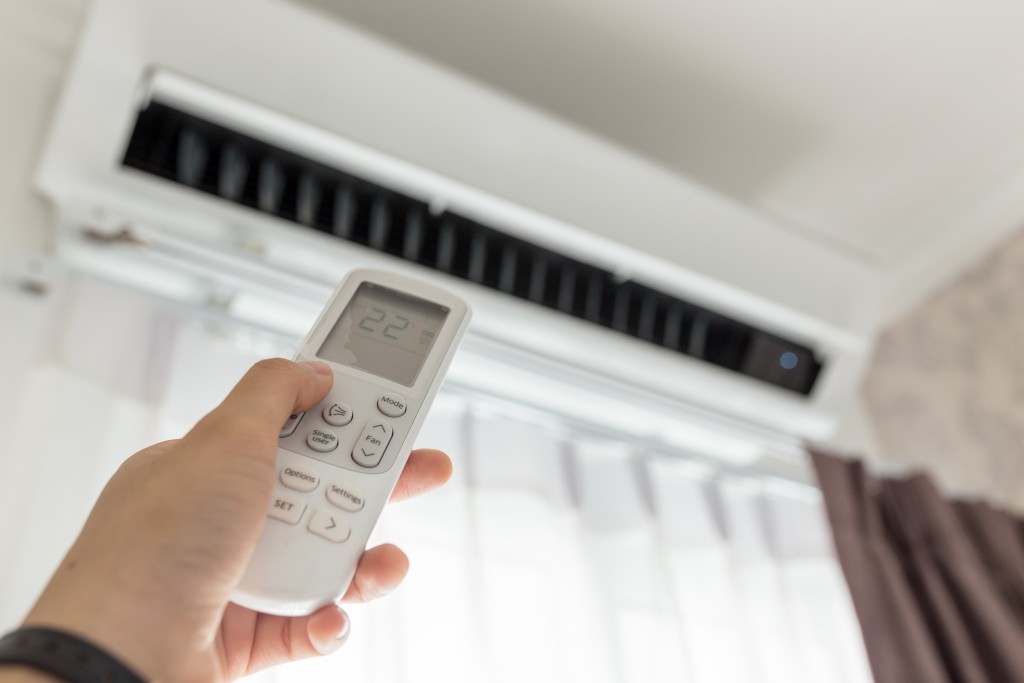Defined as a thermometer’s temperature reading of the room, it is the temperature that people feel comfortable in. If a space has room temperature, a person can stay in that space without making changes in what they wear.
To homeowners, room temperature depends on the number they set on their home’s thermostat. It could be turned up and down based on preference. There is no set room temperature for homes. However, Science Note, a website geared toward scientific facts managed by scientists, has a scientific definition for “room temperature.”
What is it according to science?
International organizations define room temperature. The International Union of Pure and Applied Chemistry (IUPAC), for one, provided that the ideal temperature is 25 degrees Celsius or 77 degrees Fahrenheit.
To industries such as pharmaceuticals, the room temperature they recommend for controlled environments is 20 to 25 degrees Celsius or 66 to 77 degrees Fahrenheit. Controlled environments are used in the production and storage of pharmaceutical products.
The United States Environmental Protection Agency (EPA), an American-led organization working for a cleaner and healthier environment, stated that normal temperature is 25 degrees Celsius or 77 degrees Fahrenheit.
Scientific settings require recording temperatures to be able to create a distinction between what is ideal and standard to varying environments.
What is room temperature in home maintenance?
To homeowners, room temperature is the ideal temperature based on their preferences and comfort levels. It is also defined by the weather and seasons that change several times every year. This fact makes the exact temperature to be called room temperature impossible to define when it comes to maintaining a home.
One homeowner’s room temperature preference may be too high for someone else. This can be attributed to their bodies’ preferences—some people get hot or cold easily. There are also ones who sweat a lot and prefer to be in spaces with air conditioning installed.
Home maintenance makes room temperature important in the sense that maintaining a home includes making people living inside it comfortable where they are.

How do homeowners achieve their preferred room temperature?
-
Air conditioning
It has become essential for homes to have air conditioning installed. As summers get hotter each year, the need for air conditioning systems increased and made them home staples. They provide controlled and dry cooling that makes living spaces comfortable.
They can be big enough to produce cooling for an entire house or small enough to keep one room cold. They are also highly user-controlled and work according to the user’s temperature needs.
-
Heating
Heating systems can be in the form of furnaces, boilers, heat pumps, etc… They provide needed heating during seasons where there are temperature drops that make indoors feel uncomfortably cold. Homeowners rely on heating systems to make low temperatures livable.
Another form of heating can be through a built-in hearth inside a home. They can be made of bricks, metals, or stone. They provide heating through fire. They are reliable even during power outages, making fireplace sellers a popular go-to for homeowners for years now.
-
Thermostats
Air-conditioning and heating systems would not be complete without controllers. They can be too cool or too hot without a device that keeps them within the ideal temperature range, often set by the homeowner.
Thermostats keep temperatures leveled. When the air conditioning system is producing too much cooling, this device will work to reduce it. The same goes for heating systems.
It is important to note that thermostats are not like thermometers. The former can modify or control temperatures, while the latter is only made to measure temperature. However, both are important when it comes to achieving and maintaining the desired room temperature.
Is it important to maintain room temperature?
To maximize the comfort of a home, it is important to maintain room temperature. A homeowner has the power to set their desired temperatures that give them the best comfort. These systems are designed to make home living a pleasant experience.
Room temperature can help the body in its process of regulating its own temperature. While the human body does an excellent job maintaining its temperature on its own, external factors cannot be handled by the processes of the human body alone. Therefore, the need for cooling, heating, and temperature maintenance systems is high.
Without the right room temperature, individuals within a living space may feel uncomfortable or worse, get sick. Too much cold and too much heat is undeniably detrimental to a person’s well-being.

